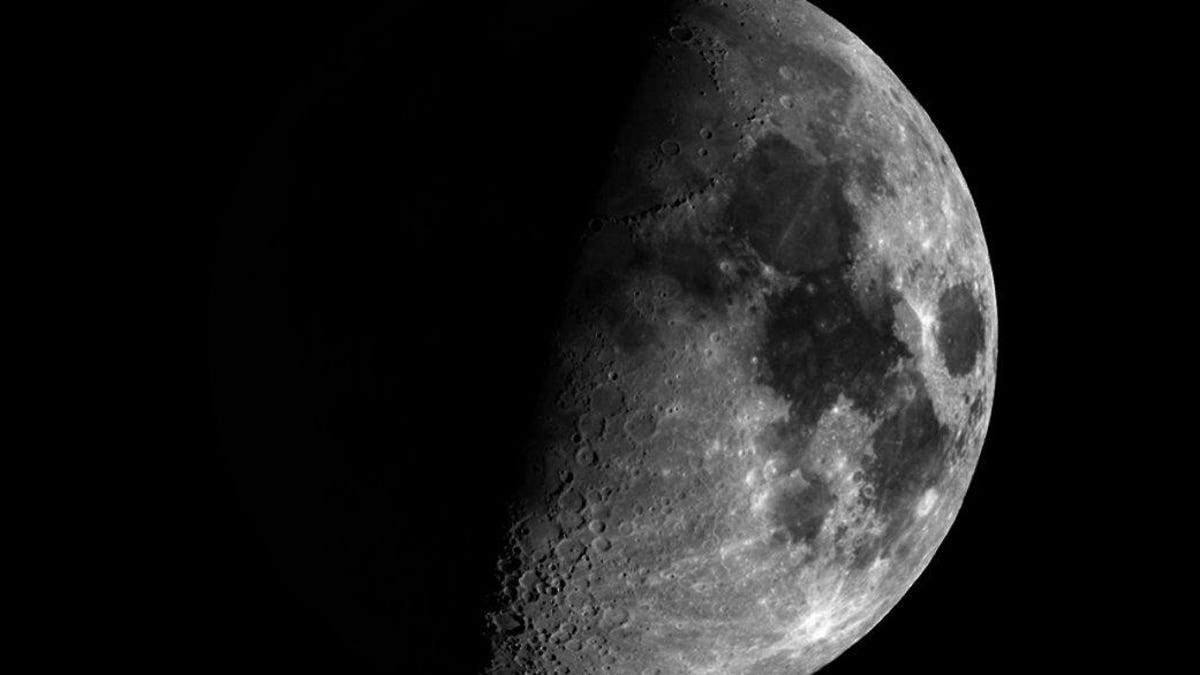NASA plans to send humans to an icy part of the moon for the first time
No astronaut has set foot on the lunar South Pole, but NASA hopes to change that by 2024.
NASA's ambitious plan to return astronauts to the moon within five years has a target: the lunar South Pole. The Apollo missions of the '60s and '70s all landed around the moon's equator, but the pole has something very special those sites don't: ice, ice baby.
"We know the South Pole region contains ice and may be rich in other resources based on our observations from orbit, but, otherwise, it's a completely unexplored world," NASA's Steven Clarke said in a statement Monday.
While no one has bopped around the pole, NASA's Lunar Reconnaissance Orbiter spacecraft has been scrutinizing the area, so we have detailed maps of the region to work with.
Scientists published a paper in 2018 showing the existence of surface ice at the lunar poles, especially in the south's shadowy spots inside craters. These areas get down to a frigid -414 degrees Fahrenheit (-248 Celsius), plenty chilly enough to keep water solidified as ice in cold storage.
Shackelton crater is at the center of this illumination map created with images from the Lunar Reconnaissance Orbiter.
The ability to extract water on the moon feeds into NASA's larger ambitions of using the moon as a jumping-off place to explore further into the solar system with eventual human missions to Mars.
NASA says the ice could potentially be used for "drinking, cooling equipment, breathing and making rocket fuel."
It's not just ice that makes the South Pole attractive. The areas near the moon's Shackleton crater get plenty of sunlight, which could be harvested by solar power systems.
NASA kicked into high gear on a crewed moon mission following a push from the Trump administration earlier this year.
NASA administrator Jim Bridenstine, a Trump appointee, accepted the challenge. And it will be a challenge. NASA originally eyed 2028 as a target date. The year 2024 isn't far off and there's a lot to be done before astronaut boots touch down on the moon once again. They just might want to pack some ice skates.
Originally published 9:07 a.m. PT.


